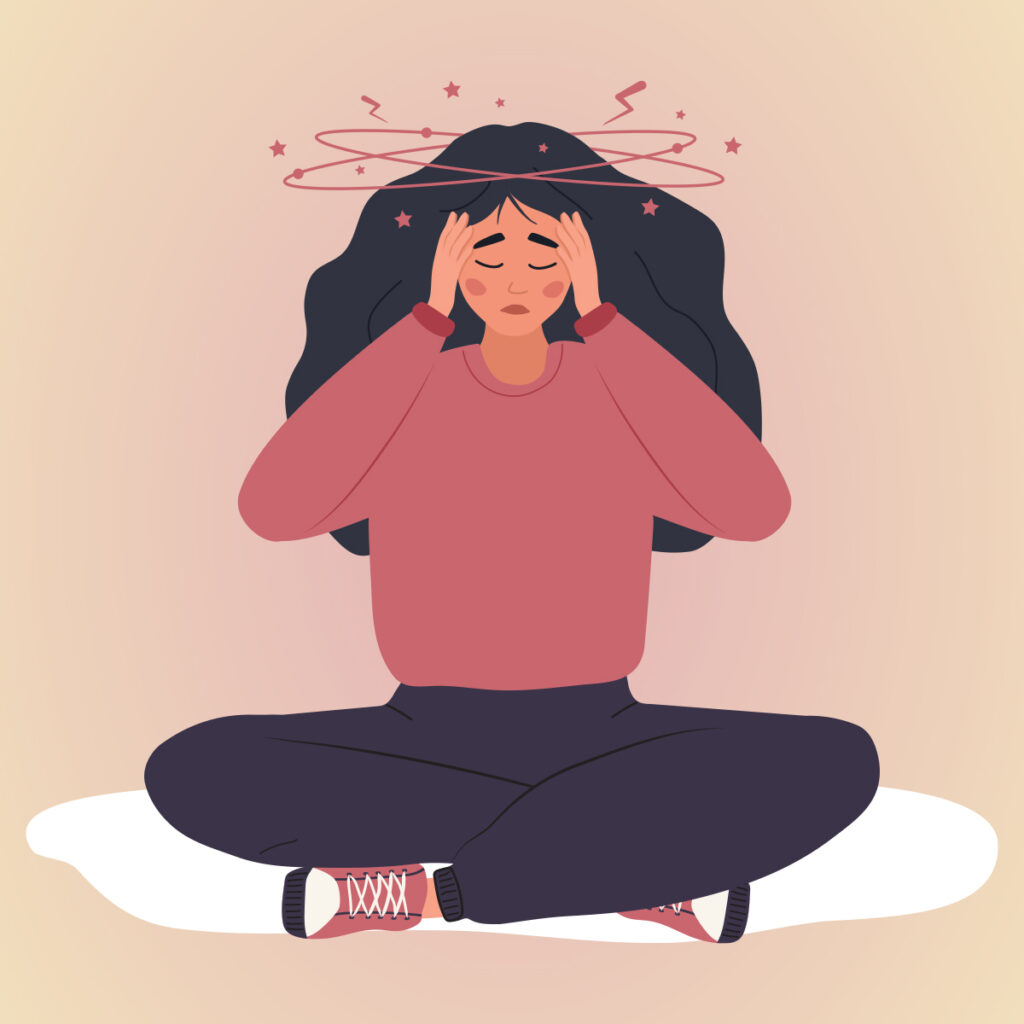Uncovering the Truth about Concussions
A concussion is a common type of traumatic brain injury that can be more significant than some people realize. Here, we separate the facts of concussions from the fiction with insight from Dr. Jason Robertson, a sports medicine specialist with Center for Sports Medicine and Orthopaedics, and Dr. Matt Campbell, a pediatrician with CHI Memorial Pediatric Diagnostic Associates.
Fiction: Concussions are just minor injuries that are no big deal.
Fact: Concussions are a relatively common injury, but they should not be taken lightly. “Concussions are no longer described or graded as mild because the diagnosis should not be minimized – it can be very serious,” says Dr. Robertson. “There is much we are still learning about the long-term effects of concussions on the developing brain. The most concerning complication is second impact syndrome, which can occur if a second concussion occurs before one is fully recovered – leading to rapid brain swelling and often death.”
Fiction: If you don’t feel immediate symptoms of a concussion, you’re in the clear.

Fact: Some symptoms of concussion tend to show up quickly, but each concussion can be different. “Immediate symptoms you may notice are headache, nausea or vomiting, balance problems, dizziness, light sensitivity, fatigue, slowed reaction time, and confusion,” Dr. Campbell explains. “Symptoms that may develop later are persistent cognitive difficulties (brain fog), emotional instability (like irritability, anxiety, and depression) and memory loss.”
With any potential concussion, it is always important to pay close attention to symptoms. If new symptoms arise or existing symptoms worsen, a trip to the emergency room should not be delayed. “When in doubt if there is a concussion, be safe rather than sorry,” Dr. Campbell advises.
Fiction: After a concussion, people need to be woken up every few hours.
Fact: People with mild symptoms of concussion can often safely recover at home, but this longstanding myth can actually do more harm than good. “People with concussions do not need to be woken up periodically, rather they need ample sleep to allow the brain to heal,”
Dr. Campbell clarifies. “Mild symptoms can be treated at home with brain rest. This involves plenty of sleep and limiting activities that make symptoms worse (i.e. screen time, loud music, exercise).”
“Not rushing back to full activity is extremely important for faster recovery,” Dr. Campbell adds. “Taking it slow also helps prevent post-concussion syndrome, where symptoms can last for months to years if you get a second concussion before the first one is resolved.”
Fiction: Blows to the head are the only way to get a concussion.

Fact: “The most common cause of a sports-related concussion (SRC) is a direct blow to the head. American football is the most at risk sport for athletes to sustain a concussion. SRCs may also occur from an indirect, impulsive force that is transmitted to the head and may not involve a direct blow to the head at all,” Dr. Robertson explains.
Concussions that are not related to sports often result from incidents like falls and car accidents. Even if the head is not directly hit, any sort of jolting motion can cause the brain to move in the skull and cause damage.
Fiction: A helmet is a helmet – if it covers your head, it can protect you well enough.
Fact: While it is true that most helmets would be better than being entirely unprotected, helmets are created with specific activities in mind to provide the best protection possible. Specific materials and designs are better for certain activities, but may not provide adequate protection in others.
Additionally, one size does not fit all – helmets should be chosen on an individual basis for personal use. Even if you use a helmet that is designed for a specific activity, it may not provide protection if it doesn’t fit properly. Helmets should always be properly fitted to the head, well maintained, and appropriately certified for use. If the helmet begins to show signs of wear and tear, it should be replaced.
The CDC has published a number of detailed, activity-specific guides to proper helmet safety. You can find them at: cdc.gov/headsup/helmets/

Fiction: Individuals can go back to sports and other activities as soon as they feel better.
Fact: Athletes should only return to their sport after getting clearance from a physician. Typically, they will follow a six-step return to play progression:
- Return to light activities, like school or short walks.
- Light aerobic exercise only to increase the heart rate for short periods (5-10 minutes).
- Moderate activity that involves body and head movement, such as jogging.
- Heavy, non-contact activity according to their normal routine, like weightlifting.
- Return to full contact in a controlled
practice setting. - Return to competition.
“Symptoms from an SRC typically resolve within 7-10 days. Athletes are often able to return to their sport within that time frame, but everyone is different,” Dr. Robertson says. “There is arguably no more important organ in the body than the brain, especially in our developing children. Although sports are extremely important to the mental and physical growth of our kids, nothing is more important than their long-term health. If there is suspicion of a concussion, protect the child. When in doubt, sit them out.”

Matt Campbell, MD, FAAP
Pediatrician, CHI Memorial Pediatric Diagnostic Associates

Jason Robertson, MD
Sports Medicine Specialist, Center for Sports Medicine & Orthopaedics
